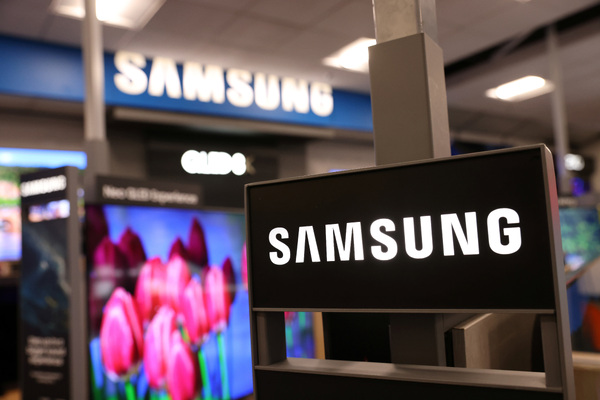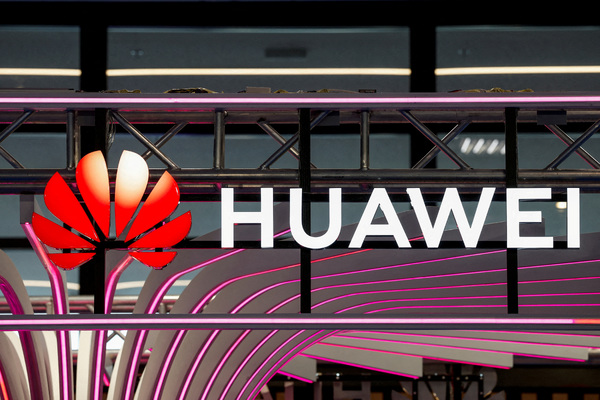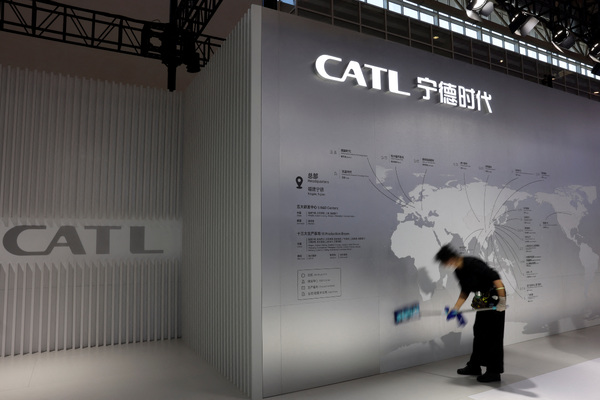Technology migrations: mitigating risk and ensuring value

Wes van den Berg at Pure Storage explores the setbacks organisations can face when migrating technology and data storage, resulting from prioritisation of upfront costs over long-term management
If someone is moving house, they are bound to be excited. It will be a carefully considered and budgeted decision, no-one would buy a house without considering the ongoing running costs. Yes there’s the deposit, one sizable upfront payment, but then there’s the mortgage, the electricity, heating, water, plus living expenses, food, bills etc.
When considering data storage, organisations must ensure they have considered and built out both the up front costs and ongoing operations. This Forrester report into a Thomson Reuters software platform put the costs of implementation as high as 40%. Recent IDC research puts it even higher. IDC’s Cloud Pulse Survey 4Q23 of 1,350 cloud users globally in December found that 54% of IT budget is allocated to maintaining existing IT systems and applications as opposed to new projects supporting business innovation.
These items aren’t often considered when a buying decision is made. Why? Most customers either don’t measure it, or they measure it in different cost centres, with budgets attributed to other departments: electricity is in facilities; hiring specialists falls in HR, migration costs (weekend hours and building management, for example) sit across IT, finance and facilities, while procurement examines the initial cost.
It’s like buying a house by looking through a tiny peephole in the door. When the door opens, the new owners realise, oh shucks - it’s not the modern, trendy spacious pad that had been promised. There’s an unpleasant shock.
Why do organisations do this?
There are three issues:
1. The procurement team don’t understand the intricacies of infrastructure management as they’re focused on squeezing the vendor at the point of sale, rather than long term use, or they are measured and bonussed solely on acquisition cost.
2. It is not always known how to measure the total cost. Some vendors are guilty here of obfuscating the real running costs simply to get in the door.
3. The running costs in 3 to 5 years’ time feel like a long way away. It could be easy for the person implementing it to think that, in a few years’ time, it will be someone else’s problem.
Because of this last point - it’s so far away, it might be easy to forget the pain of migration and managing technology dept. Replacing a server is really easy: teams move virtual machine instances from one place to another and it’s instantaneous. It takes minimal to no effort or time.
However, a new storage array is different. Imagine the house again, the owners realise it’s crumbling down, they can’t live there, and are planning a move. All their keepsakes and furniture are in there - their prized data.
A migration is the equivalent of not repairing a leaky roof, during a snowstorm, and hoping that their belongings stay safe and dry. Using a legacy system, companies are forced to do it every few years. That’s a huge business risk, and a considerable input of time, planning, effort and cost. Unfortunately, something invariably goes wrong: belongings are misplaced, and valuable data and business operations are put at risk.
These mistakes/issues are due to a few factors. Human error: people make mistakes and outages happen during change management. If organisations can minimise change, they automatically reduce risk. Customers tell us that in having a storage-as-a-service (STaaS) solution, they have removed change management and the value is immense.
For one finance customer, previously all their errors and outages happened during change management. Migration was a big, expensive issue and since implementing storage as a service where array components are replaced as needed, they have removed these concerns and downtime.
Storage-as-a-service adds even more value as the vendor shares in the consumption risk and offers lots of value added services like capacity planning. The right STaaS solutions also come with Service Level Agreements (SLAs) and guarantees, which put the onus on the vendor to put their money where their mouth is and properly manage and provide a service.
Balancing budgetary pressures and the insatiable need for more data storage are driving increased adoption of STaaS. The value is enormous for organisations to:
a) minimise risk;
b) remove migrations;
c) minimise e-waste;
d) increase business agility; and
e) ensure efficient asset utilisation.
The list of benefits goes on, plus the customer has the added reassurance that the agreement is backed by powerful SLAs that hold the vendor to account.
Preparing for building work
A planned migration might be expected to take one year. But it will invariably take many times longer. We’ve heard of a big bank doing a legacy migration where they scheduled dozens of applications to migrate over a weekend, but at the last minute, only a handful would move due to other factors. This would mean constant delays in the migration process which immediately adds cost.
It also means that new arrays are sitting largely underutilised. If procurement has evaluated a deal based on cost per GB, and arrays aren’t filling up fast - the true cost per GB is increasing. Say in a year an array is 50% full, which means the customer has paid double and only half of what was bought is in use. It becomes a compound effect and isn’t considered when it’s bought. Old infrastructure, which was expected to be turned off hasn’t been turned off because applications and data are still on it. Plus the new kit is sitting idle, but costing money to run.
In the meantime, the procurement person might be collecting a bonus for buying solutions on the cheap. Organisations should avoid this wholesale building work and move to a solution that is updated in an ongoing way, and not disruptively.
Move to a hotel?
Not many people like everyday cooking and cleaning, paying council tax, or settling bills. People could opt to stay in a hotel to avoid this. While they will receive premium service and experience, they will pay a premium price.
It’s one of the promises of the cloud: IT teams and application owners don’t have to worry about day-to-day running or migration issues - but they pay a massive premium for each incremental utility. Someone else carries the underutilisation and migration risk. In the background, there’s an army of people doing all these functions. While it’s not an organisation’s team conducting the work - the organisation will be paying for it, sometimes without realising it.
Of course, there are benefits to cloud, including economies of scale, portability, ease of use, and the ability to test new things out. There is a place for both cloud and on-prem depending on an organisation’s business goals and most have a hybrid approach these days.
People realise that if a proper lifecycle management assessment is completed on infrastructure assets, and the environment is well run, organisations can deliver on-prem storage for the appropriate workloads and applications at a lesser long-term cost than in cloud.
Strategy for owners
In order to avoid falling into this trap and being saddled with unexpected costs, businesses need a long-term approach. The strategy must ensure technology implementations aren’t focused solely on the initial cost of purchase, but rather the whole lifecycle of ownership. Just as a home owner would need to budget for repairs, so do businesses when considering long-term data storage.
Joining up all the parts of a business is vital for success - procurement, infrastructure, HR, wider IT, and application owners. They all need to be involved and aware of what’s being bought and why in order to set up for long-term success.
Wes van den Berg is UK&I VP&GM at Pure Storage
Main image courtesy of iStockPhoto.com and Imagesrouges

Business Reporter Team
Most Viewed
23-29 Hendon Lane, London, N3 1RT
23-29 Hendon Lane, London, N3 1RT
020 8349 4363
© 2024, Lyonsdown Limited. Business Reporter® is a registered trademark of Lyonsdown Ltd. VAT registration number: 830519543
Join the Business Reporter community today and get access to all our newsletters, and our full library of talk show episodes
Join the Business Reporter community today and get access to all our newsletters, and our full library of talk show episodes





